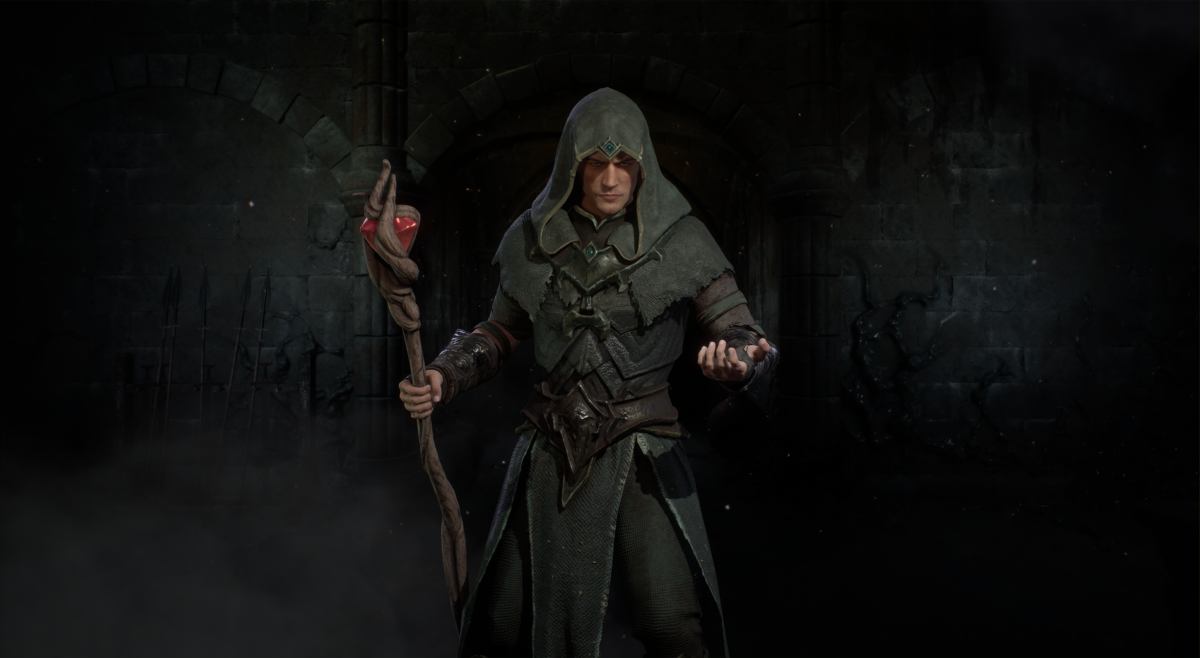CD Projekt Red scrapped a reputation system during development of The Witcher 3: Wild Hunt but one fan has modded it back in.
Nexus Mods user FreakVIp created the Reputation System mod for The Witcher 3, which “restores the reputation concept that was cut by CDPR from the game.” While the game is already full of hard choices and butterfly effect consequences, this mod will see NPCs respond to Geralt in different regions depending on his behavior.
Completing witcher contracts, winning horse races, clearing monsters from abandoned villages, and more will all reward Geralt with Reputation Points, while stealing and attacking guards will see Geralt lose points. Actions in quests also affect reputation.
Five ranks of reputation exist: Respected, Liked, Neutral, Disliked, and Hated. These “will have many influences to all kinds of activities” throughout The Witcher 3, including its economy. If Geralt is respected in Skellige, he can get better deals in shops, more gold for selling items, and so on while there. If he’s hated in Temeria, he’ll be charged more for items, see less return on bets, and more.
This mod comes after the release of REDkit: an official modding tool for The Witcher 3 released by CD Projekt in May 2024. The developer announced REDkit in November 2023, saying “it will allow you to create your own experiences in the game by making something completely new or editing existing quests and content.”
REDkit has so far been used to create some wild and wacky mods for The Witcher 3, including one that lets Geralt ride an enormous fiend instead of Roach and another that recreates the original game in The Witcher 3’s engine ahead of an official remake. The most exciting addition so far perhaps comes through the discovery of a scrapped ending sequence, which was revived using the toolkit.
Mods will be the only new content coming to The Witcher 3 going forward, of course, as while the game received a PlayStation 5 and Xbox Series X and S update in December 2022, it otherwise won’t get any more official content as CD Projekt focuses on its wealth of other incoming projects.
The highly anticipated next mainline Witcher game, codenamed Polaris, is currently in development but won’t arrive until 2025 at the absolute earliest, and probably later. There are two other Witcher games on the horizon too, including the aforementioned remake of the original The Witcher and a multiplayer spin-off.
Ryan Dinsdale is an IGN freelance reporter. He’ll talk about The Witcher all day.




